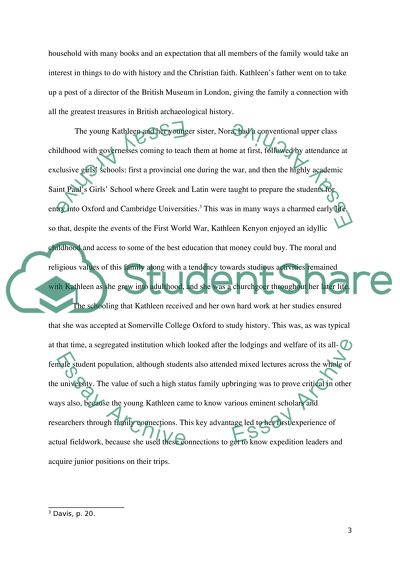Cite this document
(“A Biography of Kathleen Kenyon, the Renowned Biblical Archaeologist Research Paper”, n.d.)
Retrieved from https://studentshare.org/archaeology/1450920-a-biography-on-kathleen-kenyon-a-renowned-biblical
Retrieved from https://studentshare.org/archaeology/1450920-a-biography-on-kathleen-kenyon-a-renowned-biblical
(A Biography of Kathleen Kenyon, the Renowned Biblical Archaeologist Research Paper)
https://studentshare.org/archaeology/1450920-a-biography-on-kathleen-kenyon-a-renowned-biblical.
https://studentshare.org/archaeology/1450920-a-biography-on-kathleen-kenyon-a-renowned-biblical.
“A Biography of Kathleen Kenyon, the Renowned Biblical Archaeologist Research Paper”, n.d. https://studentshare.org/archaeology/1450920-a-biography-on-kathleen-kenyon-a-renowned-biblical.


